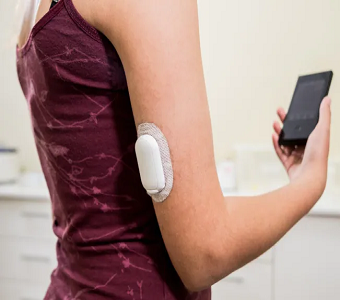Structure Therapeutics (GPCR) is up more than 35% this morning after announcing Phase 1b data of its oral GLP-1 receptor agonist, GSBR-1290, in overweight patients. At 28 days, Structure’s once-a-day pill showed weight reduction of 4.8kg or approximately 5.4% at the highest dose (90mg).
How Does Data Compare With Other Orals?
In a similar study, Eli Lilly’s Orforglipron, a daily GLP-1 pill, demonstrated a -5.4kg reduction (-3% placebo adjusted weight loss) after 28 days in obese patients. GPCR’s data today showed a -4.8kg (-4.9% placebo adjusted). The difference, however, is mostly due to placebo performance. In Lilly’s study, placebo patients experienced a -2.4kg, whereas GPCR placebo was in the -0.5kg range.
Lilly’s Orforglipron 28 Day Data
Pfizer’s twice daily oral, Danuglipron (PF-06882961), demonstrated -3.5% placebo adjusted. All in all, GPCR oral data is in line with other orals, and also injectables after 4 weeks.
Parallel $300M Financing Announced
GPCR followed their Phase 1 obesity data with an announced $300M raise at $37.50. After the raise, GPCR has approximately 47M shares outstanding, cash of $500M and an enterprise value of $1.8B. Viking (VKTX), which has a weekly GLP/GIP subcutaneous injection for obesity, is trading at $750M enterprise value, even though data is comparable to GPCR’s oral.
What’s Next for GPCR?
The Company will report topline data from Phase 2a study (12 week duration) in type 2 diabetes patients by year end 2023.
More Data Showing Impact (Or Lack of) of GLP-1 on CGMs
In a prior note, we wrote about how Dexcom (DXCM) saw GLP-1 therapy actually help their continuous glucose monitoring (CGM) technology. According to DXCM data, patients who initiate GLP-1 therapy are seeing CGM utilization increase, not decrease.
Abbott (ABT), the market leader in CGM with their FreeStyle Libre, verified this trend with their own data. As the use of GLP-1 therapy has increased, the number of FreeStyle Libre users has also continued to grow. In fact, the number of FreeStyle Libre users who also use GLP-1 therapy has increased significantly over time. Their latest data shows that almost 50% of the 5.2M Freestyle Libre users are also on GLP-1 therapy.

FreeStyle Libre sensor adherence (number of days a sensor is worn) is higher for those who also use GLP-1 therapy. Similarly, GLP-1 adherence (number of days on GLP-1 therapy) is also higher for those who use FreeStyle Libre.

So far, data is showing that CGM is a tool that can serve as a companion therapy to other diabetes treatments, including GLP-1. CGM provides data and insights to help modify behavior in the short and long term, while also driving higher therapy compliance and more durable outcomes. It will be interesting to see if this trend holds in the longer term with GLP-1 patients.
Access This Content Now
Sign Up Now!




